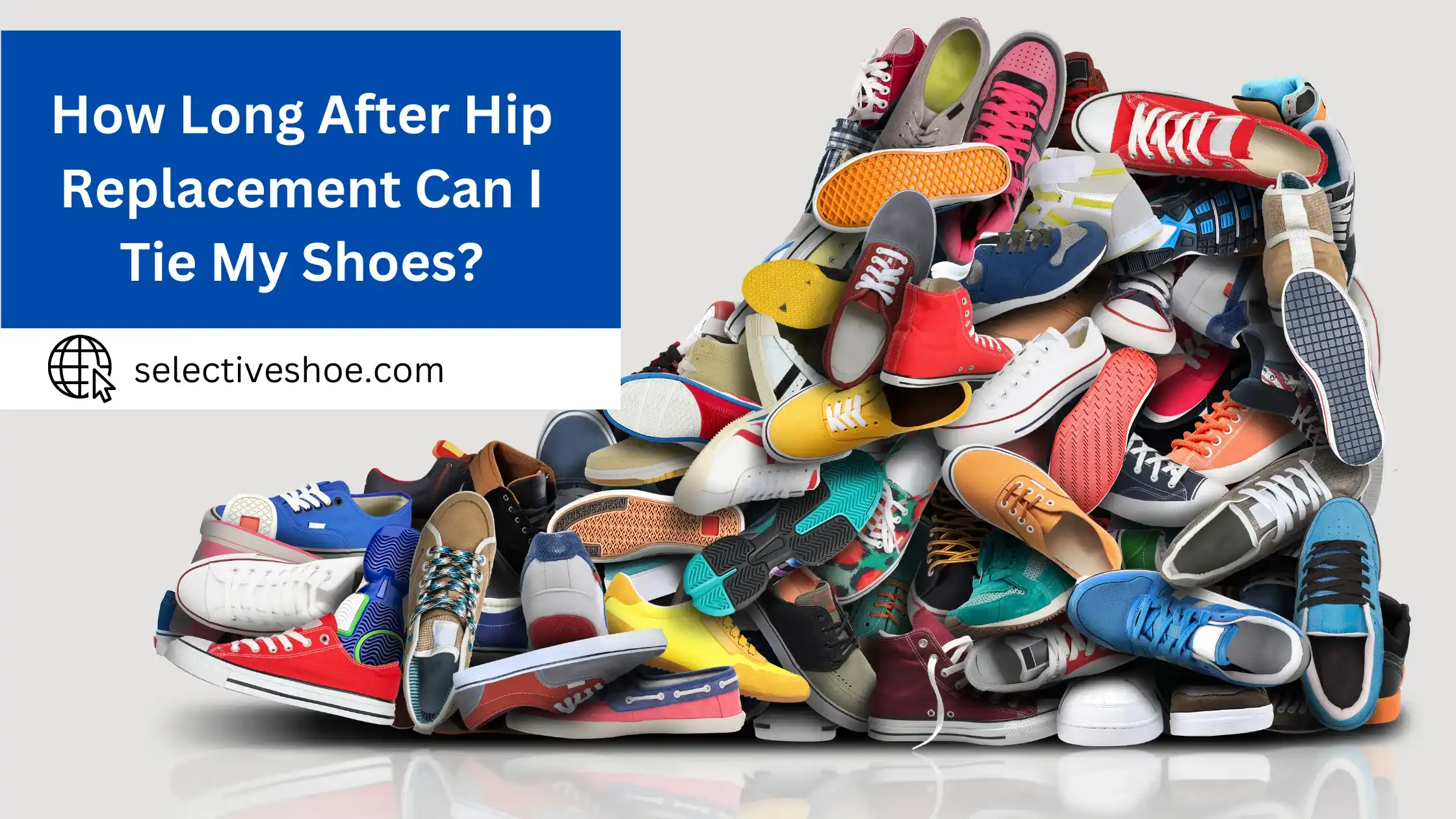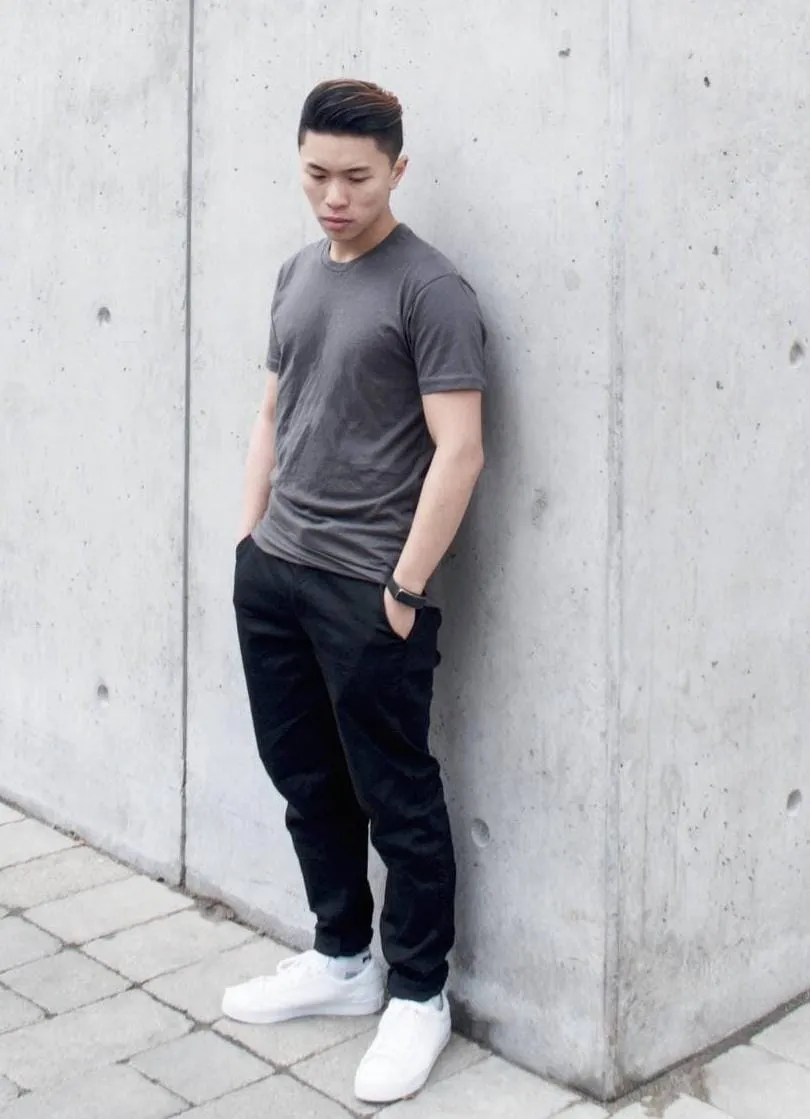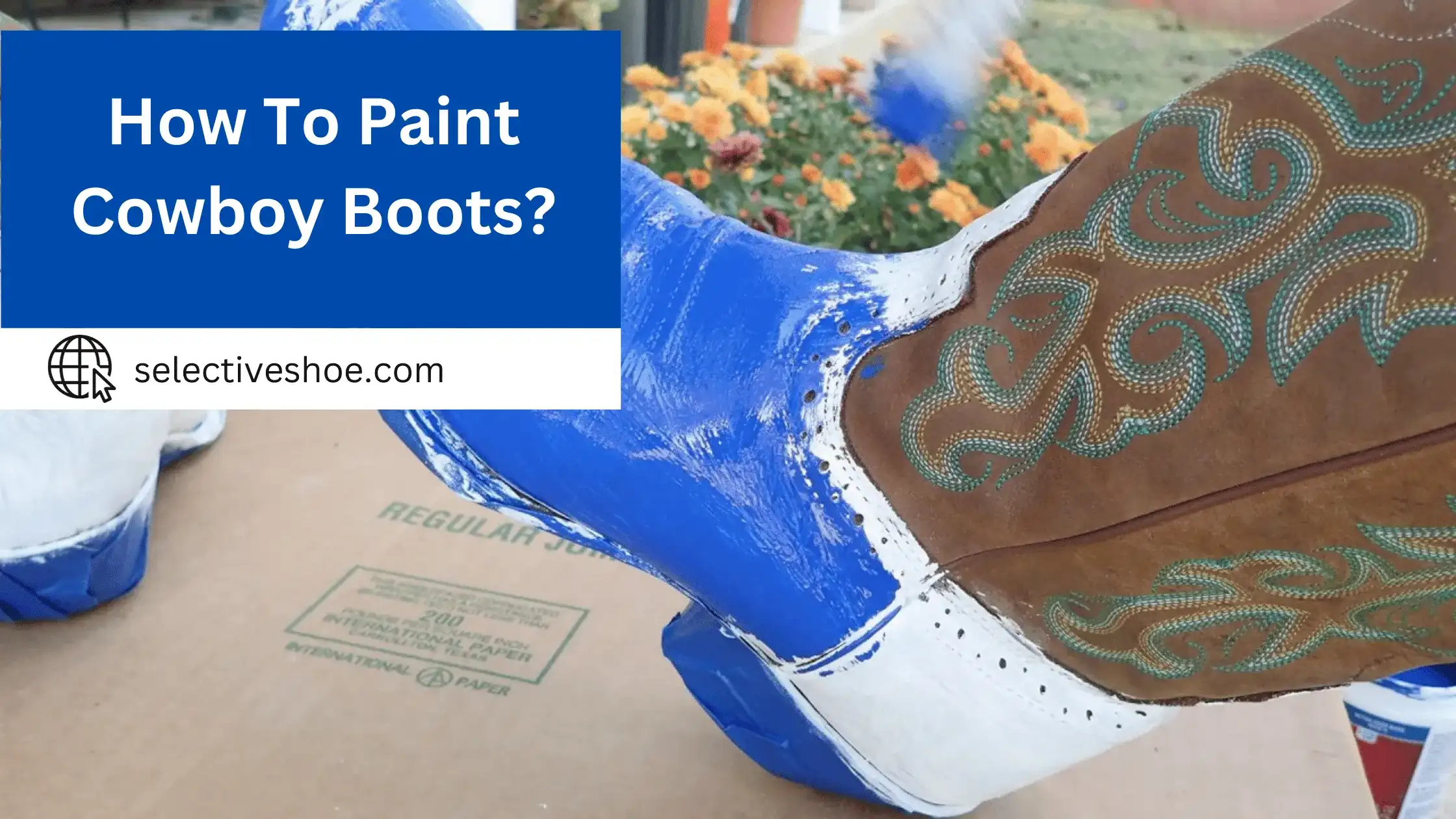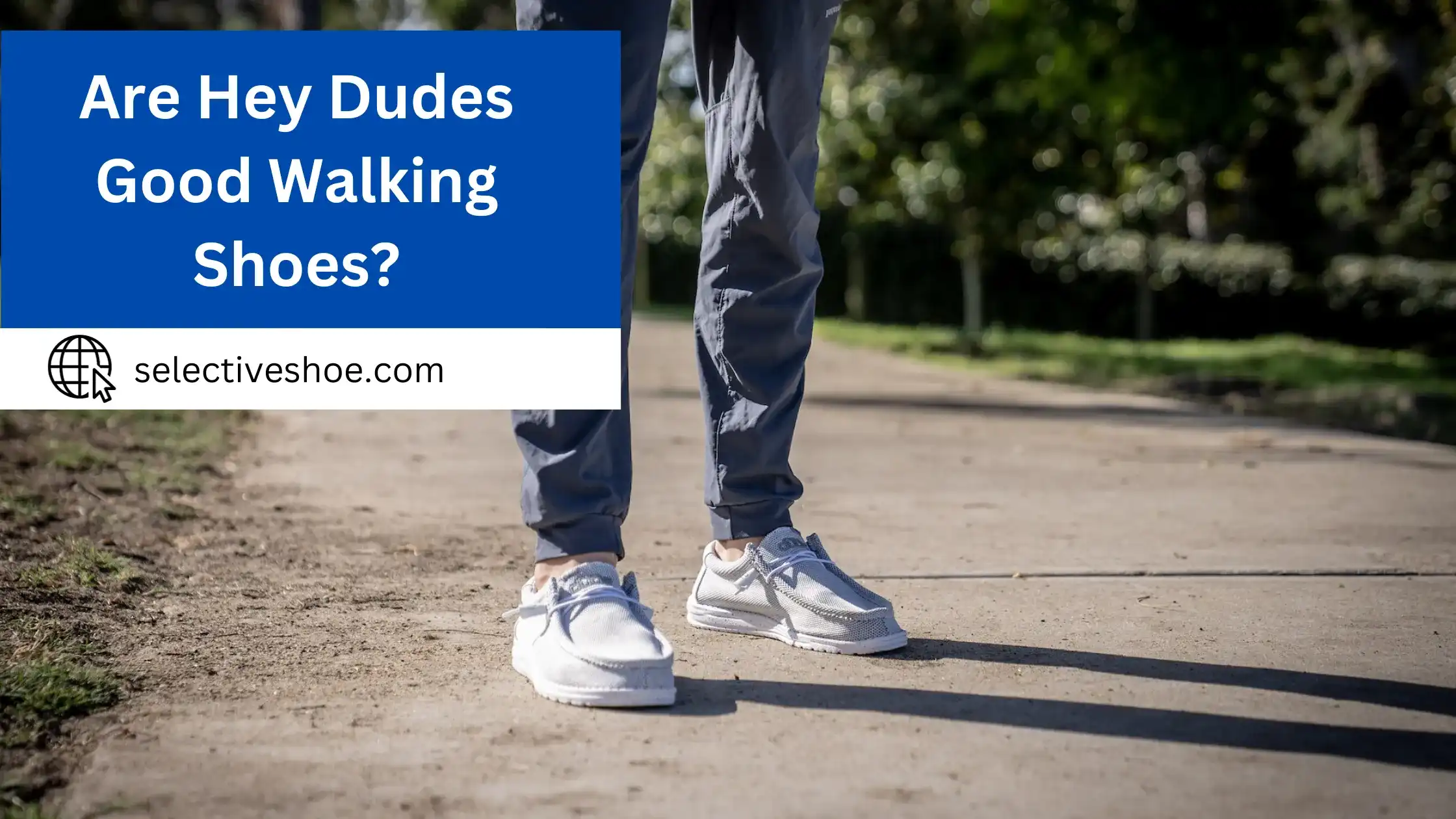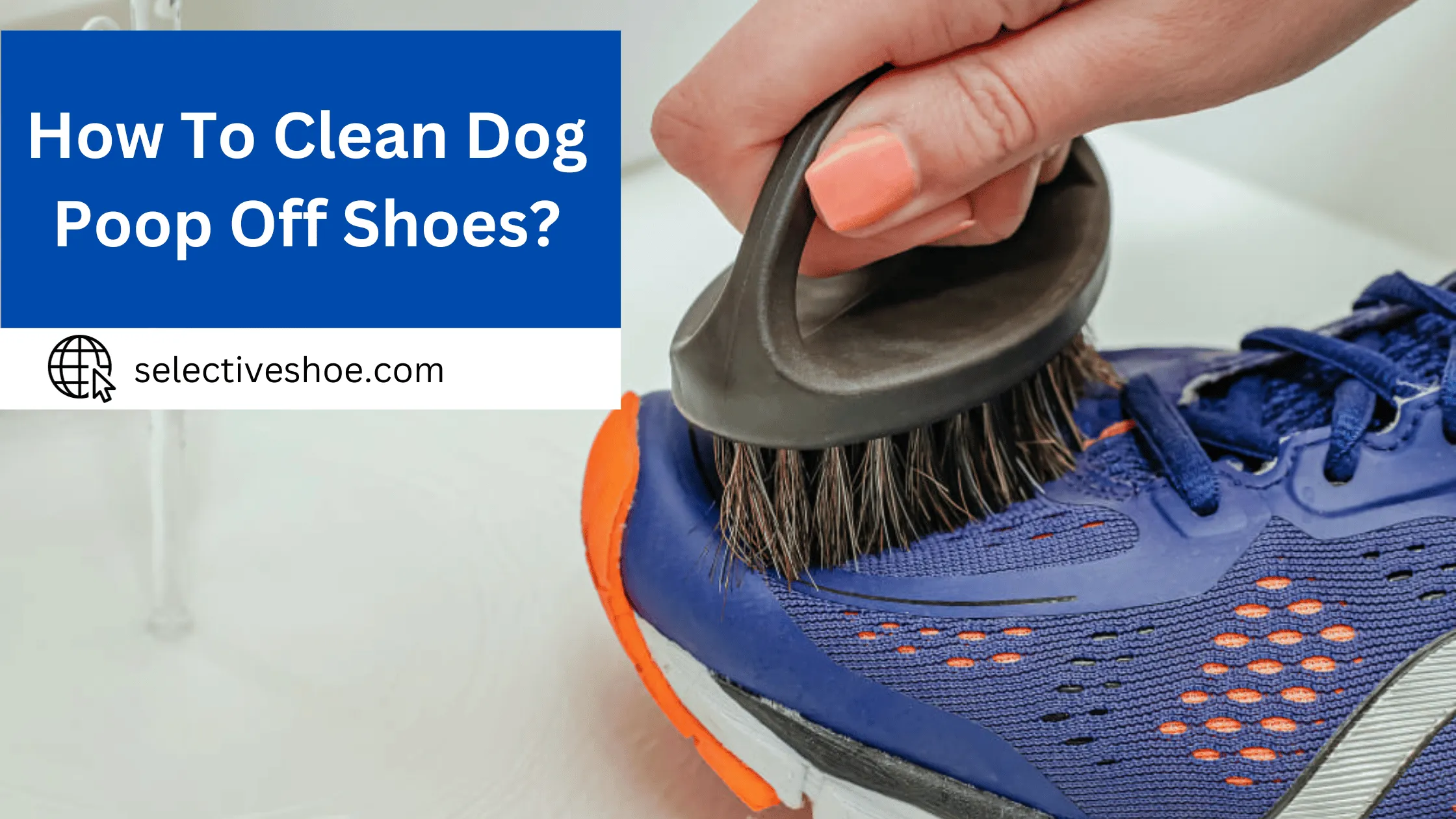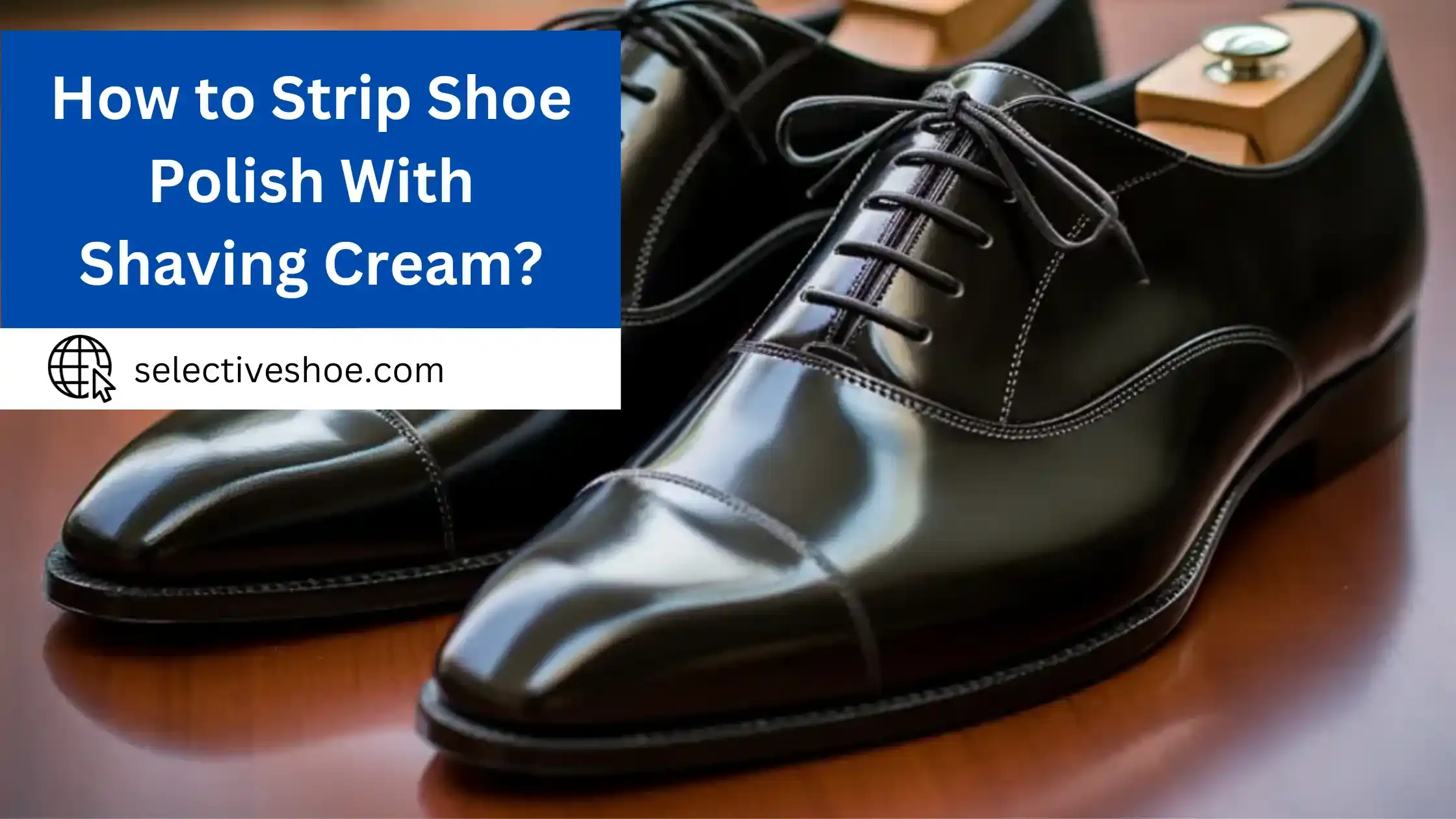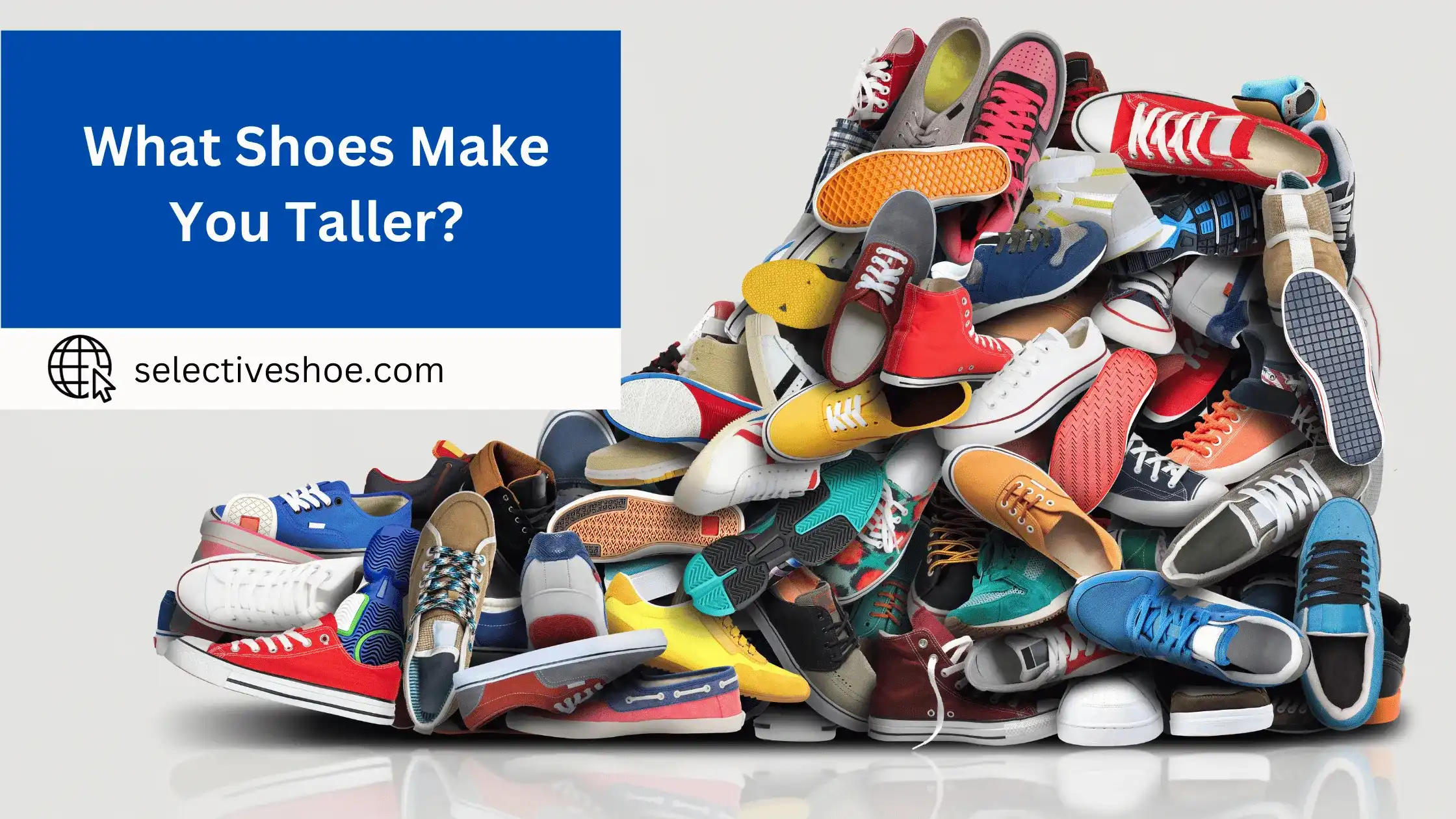Knowing how much time is required for healing following hip replacement and understanding when normal tasks such as tying one’s shoes may be resumed can give a patient peace of mind throughout their recovery process. We will look at the guidelines around how long after a hip replacement operation before one might expect to comfortably tie their own shoes including standard physical therapy specifications and advice from physicians themselves.
Some people may be able to tie their shoes up to six weeks after surgery, while others may need more time. Recovering from a hip replacement surgery is a multifaceted journey with various stages. Initially, you’ll likely be under close medical supervision in a hospital to keep an eye on wound healing and to assess your overall condition. After you get the green light to go home, you’ll transition to the rehab stage, which will include physical therapy and a gradual reintroduction of movement and daily activities.
Activity Restrictions:
During the initial recovery period, you’ll have to adhere to certain limitations to prevent any complications with your new hip. Common restrictions include avoiding over-flexing at the hip, abstaining from crossing your legs, and steering clear of strenuous activities that could put undue stress on the healing joint.
The Milestones for Shoe Tying:
The Early Weeks:
During the first couple of weeks post-surgery, your primary aim should be to rest and heal, while strictly adhering to your healthcare provider’s advice. In this phase, bending down to tie your shoes is typically not advisable. It’s best to have someone assist you or to wear shoes that don’t require tying, like slip-ons or Velcro-fastened options.
The Mid-Recovery Stage:
By the time you reach the 6 to 8-week mark, you might notice a modest improvement in your range of motion and comfort level. While tying your shoes might still pose some challenges, it becomes a more achievable task. Using adaptive equipment like extended shoe horns can help you maintain your independence without jeopardizing your recovery.
Long-Term Recovery:
Around 10 to 12 weeks after the surgery, many people find that their mobility has improved considerably. At this point, the act of tying your shoes becomes more straightforward. However, it’s essential to remain cautious and aware of how you move.
Rushing or neglecting to follow proper techniques could set back your healing process.It’s always crucial to consult with your healthcare provider or physical therapist to make sure you’re progressing as you should and that any new activities won’t negatively affect your recovery.
Shoe Tying Alternatives After Hip Replacement:
If you’re recovering from a hip replacement, you may be wondering how to best tie your shoes. Don’t worry there are plenty of options available that can help make tying shoes easier and more comfortable for those who have recently gone through this procedure. Here are some of the best ways to tie your shoes after a hip replacement:
Velcro Shoes:
Velcro shoes are a great option for those recovering from a hip replacement, they provide convenience and ease of use while ensuring your shoe stays on securely. Whether you choose slip-on or closed-back Velcro shoes, they offer an easy way to tie your shoes without having to reach down or twist awkwardly.
Slip-ons or Loafers:
Slip-on shoes or loafers are another great option for those recovering from hip replacement surgery. These types of shoes provide the same convenience as Velcro, but without any straps, buckles, or clips that you’d find with a traditional shoe tie. This makes them easy to put on and take off with minimal effort.
Boa Closure System:
The Boa Closure System is another great option for those looking for an easy way to tie their shoes after hip replacement surgery. This system uses a unique knob-and-loop system that allows you to quickly and easily tie your shoes with minimal effort. The Boa closure system provides a secure fit and ensures your shoes stay on even with vigorous activity.
What are the Tips for Safely Tying Your Shoes?
Recovering from hip replacementt surgery can be a long and difficult journey, but the right tips can help you get back on your feet faster. Here are some helpful hints on how to safely tie your shoes after hip replacement:
Choose the Right Shoes:
A comfortable pair of shoes is essential for making sure that you can tie your shoes with minimal pain. Shoes with flexible material, such as leather or canvas, are more comfortable to wear than stiffer materials, and having a range of different types of shoes is ideal for hip replacement recovery.
Sit Down:
Sitting down while tying your shoes helps ensure that you don’t strain your hip too much during the process. It takes a bit more time, but it will help keep your hip area stable and protect it from further damage.
Use Adaptive Aids:
Adaptive aids are devices designed to help people with limited mobility do everyday tasks such as tying shoes. Examples include long-handled shoe horns and special lacing tools that allow you to easily tie your shoes without having to bend over.
Listen to Your Body:
Your body is the best guide when it comes to hip replacement recovery, so listen to it. If a particular action causes pain or discomfort, take a break and try something else. You may also want to consider investing in arch supports for extra comfort and stability while tying your shoes.
By following these tips, you can help make sure that hip replacement recovery is as safe and comfortable a process as possible. With the right precautions in place, you will be able to get back to doing the activities you love sooner than you think.
Conclusion:
To conclude, tying your shoes following a hip replacement may take some time, but with the right recovery plan and help from family members or physical therapists, you can be back on track in no time. This process is an essential part of rehab after such a surgery and it’s meant to make you stronger and encourage positive results for the future. After all, being able to tie your shoes may just seem like a tiny task, but it really means so much more when it comes to the restoration of mobility, independence, and well-being. So work hard towards making that possible!
